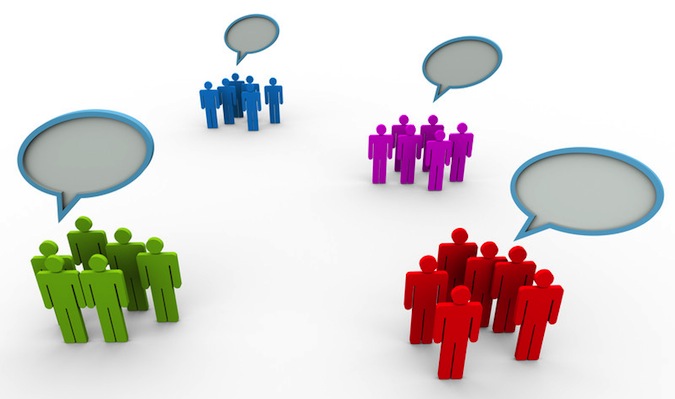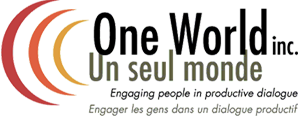Identifying Purpose or Intent: 4 Streams of Engagement and Dialogue
 Designing the right kind of engagement and dialogue process can help people share perspectives and experiences, critically examine trade-offs and options, and build collective insight to be able to make better decisions. Maybe a group of government employees need help articulating a public policy issue more clearly or members of a health NGO can’t agree on a particular course of action. While everyone may not agree, a successful dialogue session can produce mutual understanding, bringing people together across differences to resolve complex problems.
Designing the right kind of engagement and dialogue process can help people share perspectives and experiences, critically examine trade-offs and options, and build collective insight to be able to make better decisions. Maybe a group of government employees need help articulating a public policy issue more clearly or members of a health NGO can’t agree on a particular course of action. While everyone may not agree, a successful dialogue session can produce mutual understanding, bringing people together across differences to resolve complex problems.
While processes like Deliberative Dialogue offer a compelling approach to engagement and dialogue on tough issues and problems there is no one method that will work in all situations. Identifying clearly from the onset what is the purpose or intent will best ensure the that the subsequent process that is designed meets intended objectives. In other words, are you looking to provide more clarity on a particular issue? Resolve a conflict? Or, are you simply needing to better define options to inform a decision-making process? The National Coalition for Dialogue and Deliberation (www.ncdd.org) identifies four kinds of engagement and dialogue streams as well as suggesting some useful processes that can be implemented depending on the purpose or intent.
No. 1: Exploration
The goal of exploration is to gain collective insight by encouraging people to learn more about themselves, each other and the issue at hand. Meaningful conversation encourages openness and explores all available options while suspending assumptions and placing emphasis on listening.
No. 2: Conflict Transformation
Conflict transformation addresses polarization of views in the room surrounding a particular issue. If you know there are likely to be conflicting viewpoints or positions represented, deliberately transforming conflict and creating a safe space for people to have constructive conversations can do much towards improving relations among people or groups.
No. 3: Decision Making
In many cases, great public policy hinges on whether or not groups of people can effectively identify the issues fairly, weigh all the options and come to solutions that work for everyone. Budgetary issues, land use and even general decisions surrounding community services require a constructive decision-making process where all options are considered.
No. 4: Collaborative Action
Pulling diverse people together around an issue to gain momentum for action is often challenging. The collaborative action engagement stream empowers people to solve complex problems together, encouraging accountability and responsibility.
This framework allows for identification at the outset of what is the main purpose or intent of the engagement and dialogue which can help guide the design of the most effect process that will enable a group to reach desired outcomes and goals.
